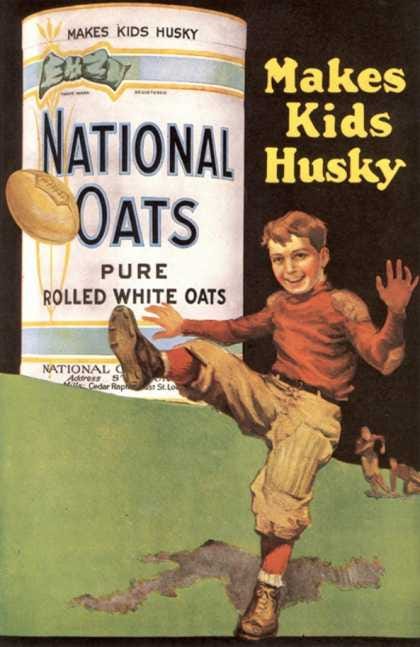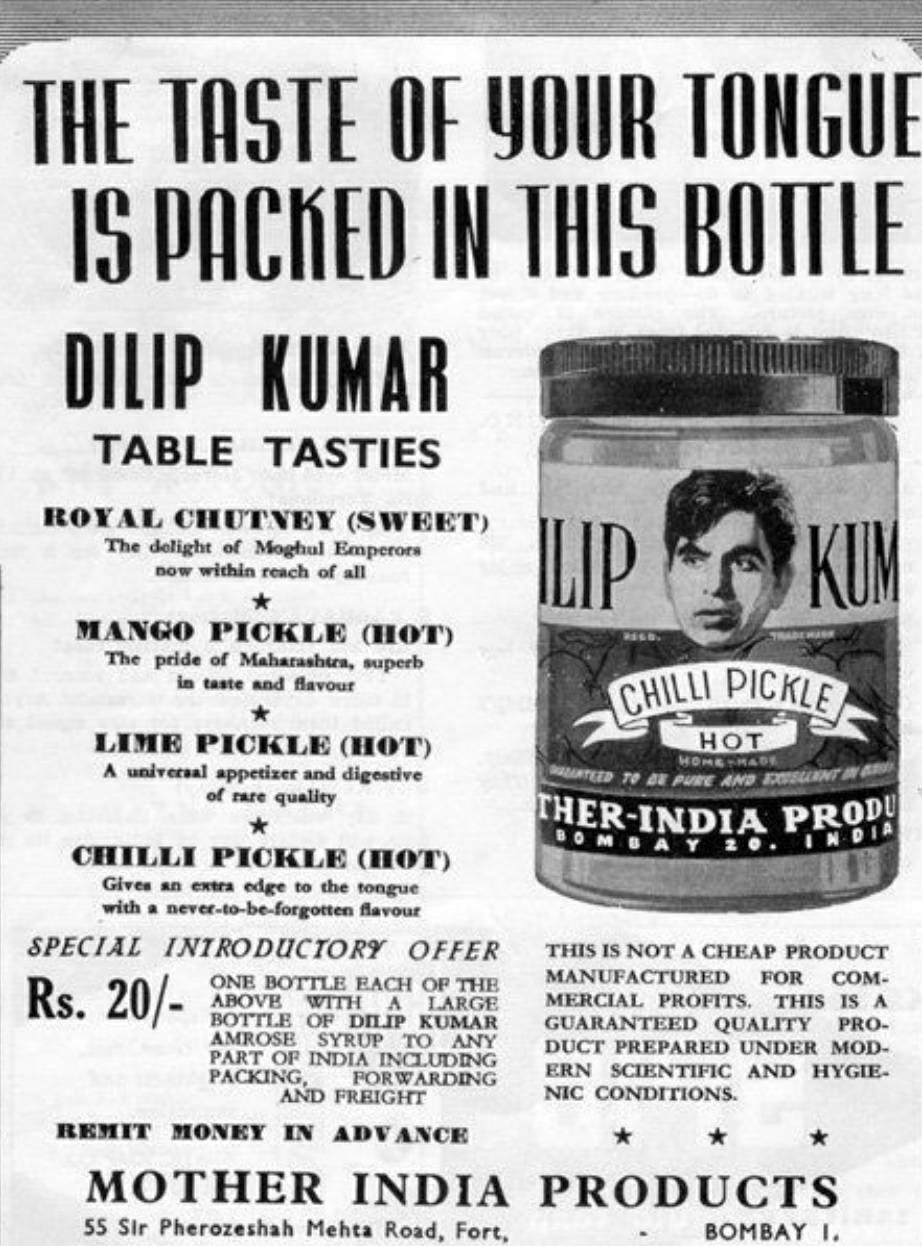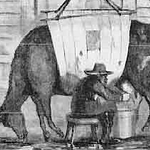With consumer food waste at an all-time high, Leigh and Kim chew on what those sell-by, best-by, and other food “expiration” labels really mean. We also dive into the history of Major Grey’s sweet mango chutney and how this tasty accompaniment to Indian curry made its way from the Indian subcontinent to grocery stores shelves around the world.
Best By, Use By, Sell By…What Do They Mean?
In the United States, our food is labeled to the nth degree. Not only must canned, boxed, bottled, and packaged foodstuffs list ingredients, serving sizes, and nutritional guidelines, but our groceries come with all types of labels about when food items should be sold, consumed, or even suggested that the item is “best by,” but all without very clear rhyme or reason.
Food date labeling has roots in the Industrial Revolution with simultaneous cultural shifts - people left rural and farm life seeking lucrative jobs in urban settings and the food supply chain rapidly became more opaque. As people moved further away from food sources, concerns about the purity of their foods were raised, and efforts to alleviate these concerns colored food advertising that promised “fresh” and “real” ingredients. Not so ironically, these concerns are still reflected in food marketing today.
The U.S Food & Drug Administration estimates that over 80% of Americans throw food away after the food date label “expires” and that’s largely because they are unsure about the safety of the food that’s in the container. This contributes to the 133 billion pounds, or $161 billion dollars, of food waste that we saw in the US in 2010. That’s between 30 - 40% of the food supply chain in the US alone.
But the reality is that food processing can actually make food safe to eat years beyond its “fresh” decay rate - that was the whole point of Napoleon’s food preservation exercise. According to Donald Schaffner, professor of food science at Rutgers University, properly preserved foods that have been on the shelf or the freezer even after 30 years, “it’s not going to make you sick but it’ll taste gross.”
Until changes to food labeling are mandated (maybe soon, maybe never), the US Department of Agriculture offers this guidance: “Food not exhibiting signs of spoilage should be wholesome and may be sold, purchased, donated, and consumed beyond the labeled ‘Best if Used’ by date.”
They have also developed the Food Keeper App to help consumers unravel the food label mysteries.
Preserving The Flavors of South Asia
The desire to preserve the flavors of fresh fruits and vegetables inspired the development of one of the most popular sweet mango chutneys in the world - Major Grey’s Chutney.
At its heart, chutney is a condiment (or a sauce or relish) composed of chopped or crushed fruits or vegetables mixed with vinegar and spices made to enhance the flavor (and nutrition!) of the dish they accompany by offering a savory bite to a plain dish, or a sweet counterpoint to something savory, or a dulling effect to something sour and sharp.
Chutney’s origin in South Asian food traditions is undeniable, but like curry itself, chutney’s journey out of India is entwined in colonialism, as is its evolution from a fresh relish to a bottled staple.
Chutneys form an integral part of an Indian meal. A meal is not complete unless there is a relish or chutney of some description on the menu. Indian chutneys are nothing like their western counterparts; they are made at high speed and are sure to please the impatient. ~ Michael Pandya, Indian Chutneys, Raitas, Pickles, and Preserves
During the Imperial era, Indian chutneys evolved into modern English-style chutneys like Major Grey’s and are composed of sharp fruits tempered by equal parts sugar and vinegar meant to create a longer shelf life.
If you are feeling tempted to sample some sweet mango chutney and curry, I recommend a healthy serving of As We Eat’s Episode 9 - Curry: Invasions, Colonization, and Babar the Elephant.
Episode Transcript
🎧 Click here for an interactive episode transcript 🎧
Did you have an aha moment or a favorite take away? Let us know.
Coming up this Friday, As We Eat Journal subscribers will enjoy another installment of Recipe Box Roulette, a game of delicious chance that honors the time capsules we call recipe boxes. For just a few dollars, you can get access to this exclusive content as well as more in-depth articles and help keep our oven lights on!
And while you at it, subscribe to our new As We Eat, Going Places channel on YouTube to follow Leigh and Eric’s tasty travels across the country.





















Share this post